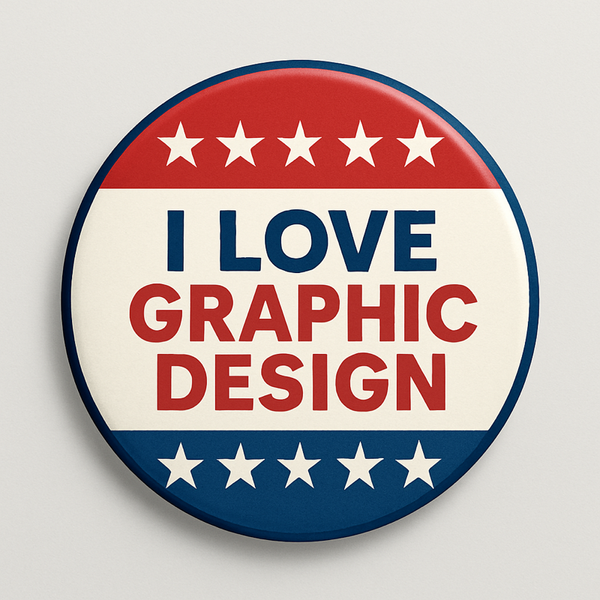From Clarity to Cognition: Why Visual Design Is More Than Aesthetic
This is a reflection on why real learning and real design, can’t be rushed. Inspired by Veritasium, it connects AI, Gestalt, and storytelling into one strategic visual mindset.
By Ronald Mason
Watching Derek Muller's talk at the Perimeter Institute didn’t just resonate with me—it unlocked something I had been circling around for years: the connection between how we learn and how we design.
As a seasoned visual designer and strategic communicator, I’ve always known design is more than decoration. But for a while, I’d grown tired—trying to find the beauty and purpose in it again. This talk reminded me why. Real learning happens when the brain struggles, connects, and finally sees. That’s exactly what thoughtful design helps make possible.
The Talk That Sparked It
Muller's talk explores why decades of so-called "education revolutions" (from radio to AI) have mostly failed to change the core outcomes of learning. His conclusion? Learning requires effort, repetition, social interaction, and internalization. It doesn’t come from content dumps or shiny new tools alone.
And yet, that’s the story of design too.
Good design, like good teaching, reduces extraneous cognitive load and helps people find clarity in complexity. It builds the scaffolding so that users (or learners) don’t drown in data. Strategic visual communication works the same way our brain does: chunking, patterning, simplifying, highlighting. It literally thinks with you.
Gestalt Principles Meet System 1
As Muller explains the fast and slow systems of thought (from Kahneman's "Thinking, Fast and Slow"), I couldn’t help but think about Gestalt principles. Design that follows proximity, contrast, hierarchy, and alignment isn't just pretty—it’s neurologically aligned with how we process information. That’s why good UI "feels right." It's why smart infographics are more effective than paragraphs of explanation.
System 1 (our fast, pattern-based brain) is what visual design speaks to first. System 2 (slow, reflective thought) kicks in when interaction or interpretation is needed. Design mediates between the two.
Why Strategy Matters
Visual storytelling isn’t just for aesthetics or persuasion. When done well, it structures understanding. When I map a user journey or create a dashboard, I’m not just placing blocks—I’m reducing friction. I’m helping someone not give up. That’s a pedagogical act. The same goes for branding, campaign design, and data visualization.
Strategy in design means knowing what to highlight and when, much like a teacher emphasizes the right moment for a concept to click.
AI Won’t Replace This
As Muller says, AI might offer support, feedback, or shortcuts—but it won’t replace the mental reps needed to master a skill. Likewise, AI won’t replace strategic, human-driven design. Because what we do is not just layout—it's cognitive architecture. We help others think, decide, and act.
That is a long game. And it’s what I’m here to do.
My Mission
This talk reminded me why I returned to visual design. It’s always been my way in—I’m now building a living, evolving portfolio that proves how strategy, motion, interaction, and clarity shape real understanding. I want to work with people who value that—who know beauty isn’t just for show, it’s built to move you.
Design isn’t separate from learning. For those of us who work at the intersection of communication, storytelling, and systems thinking—design is learning.
Inspired by: "What Everyone Gets Wrong About AI and Learning" – Derek Muller, Perimeter Institute 2025. Watch full video: https://www.youtube.com/watch?v=0xS68sl2D70




